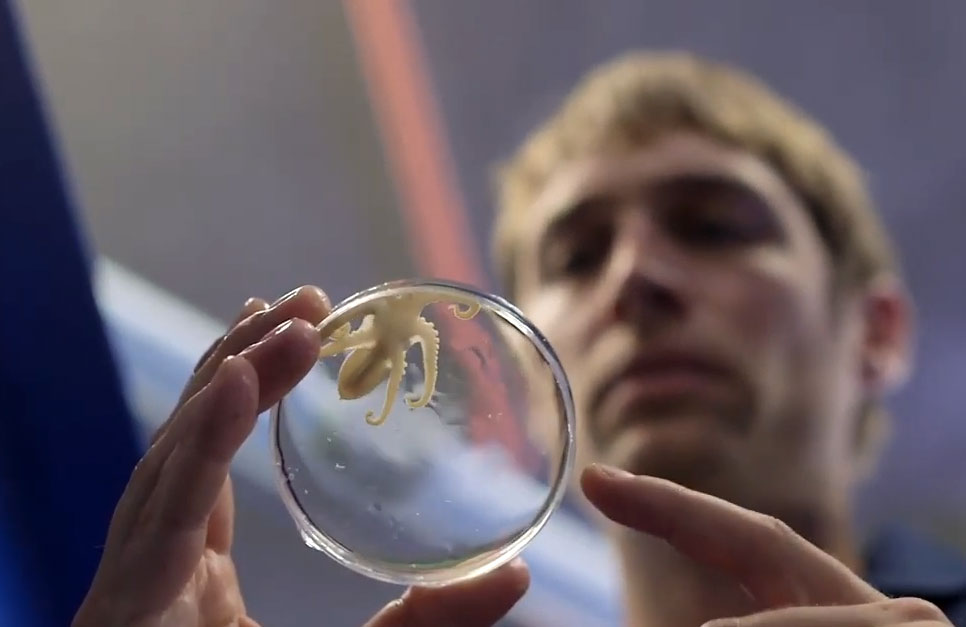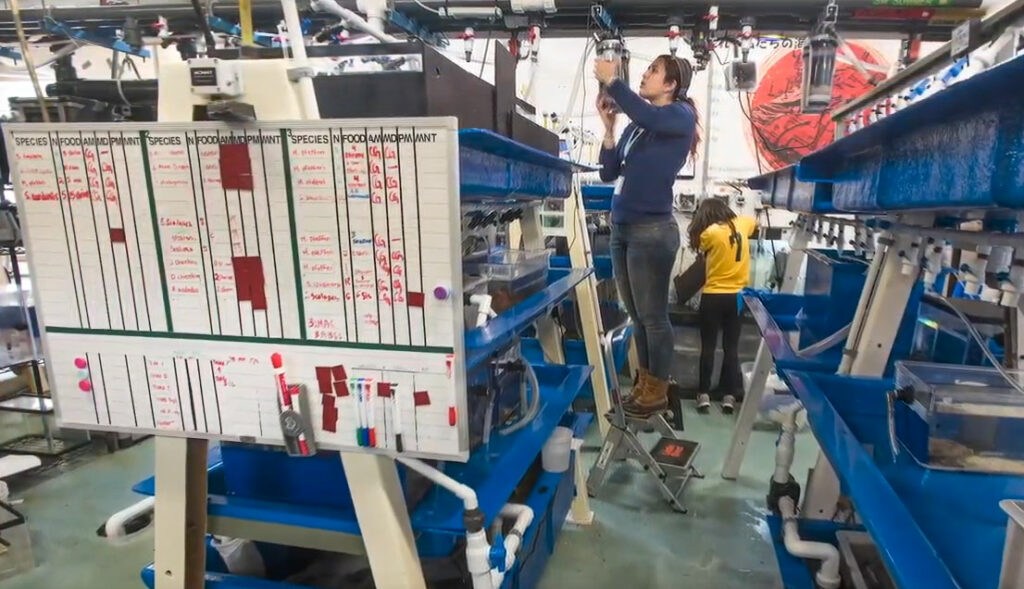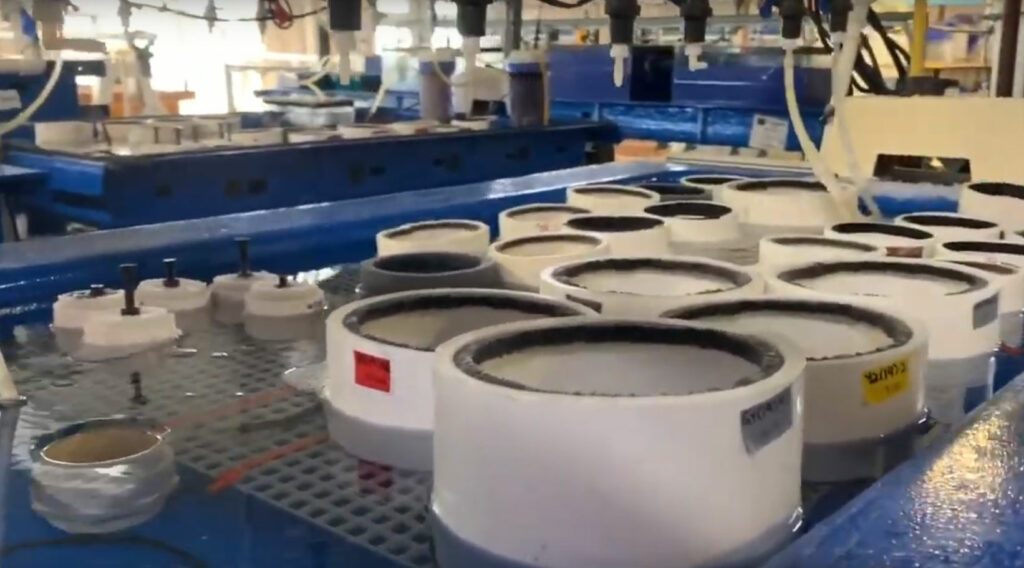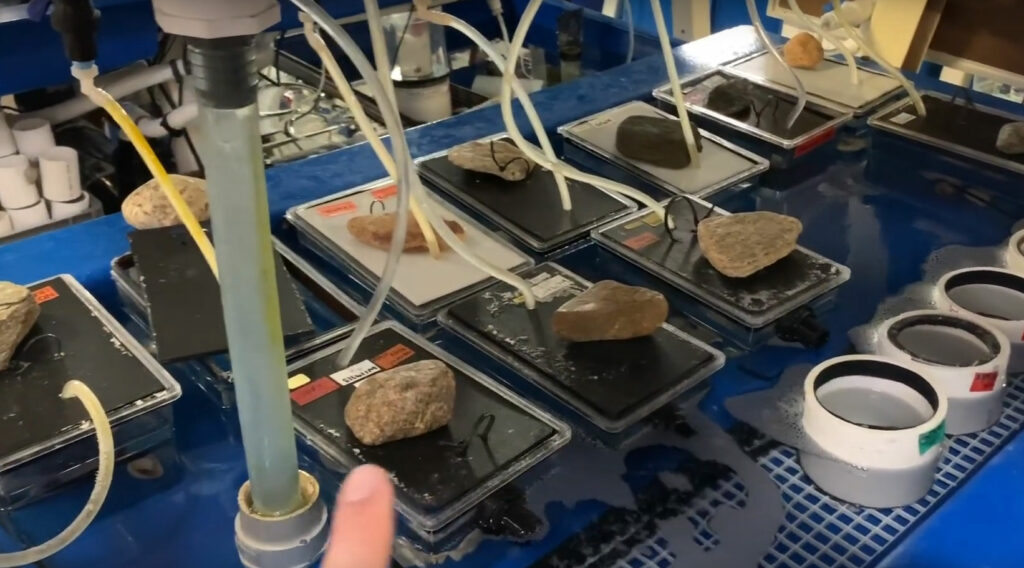
with materials from the University of Chicago Marine Biological Laboratory
Bret Grasse, manager of the Cephalopod Program at the Marine Biological Laboratory (MLB) in Woods Hole, Massachusetts, shares a detailed look at the “live fast, die young” life history of cephalopods and what makes them unique among the invertebrates. Naturally short lifespans and a wide array of unique characteristics such as rapid color changes, regrowing limbs, large eyes, big brains, expansive genomes, and boneless bodies make cephalopods unique laboratory subjects that can inform a wide range of scientific advancements and understandings.
Given this short lifespan, the MLB at Woods Hole focuses on the aquaculture of several species, including California Two-Spot Octopus (Octopus bimaculoides), Pygmy Zebra Octopus (O. chierchiae) from Nicaragua, Bobtail Squids from Hawaii (Euprymna scolopes) and the Hummingbird Bobtail Squid (E. berryi), Pajama Squids (Sepioloidea lineolata) from Australia, Stumpy-Spined or Dwarf Cuttlefish (Sepia bandensis) from Indonesia, and Flamboyant Cuttlefish (Metasepia pfefferi) from northern Australia.

“It’s no small feat, we have a very dedicated staff and interns who work around the clock, seven days a week to provide the best possible care for these animals,” says Grasse, who leads the missing to refine cephalopod aquaculture and make these interesting creatures available to fellow scientists.


From the program’s homepage, “The MBL Cephalopod Program’s overarching goal is to stimulate the next generation of cephalopod science by creating the first genetically tractable cephalopod research organisms. A cephalopod genetic system is important because it will be used to study biological novelties that are unique to this taxon. Examples include the ability to produce near-perfect camouflage, extensive recoding of genetic information within mRNAs, as well as the biggest nervous systems, and the most sophisticated behaviors, among invertebrates. Our year-round culture efforts will serve as a foundation for these research efforts.”
To see an example of research driven with the help of the MBL Cephalopod Program, read this new story, Octopus females mate and die in self-cannibalistic death spiral. Science may now know why.
VIDEO: Meet Bret Grasse, and take a behind-the-scenes tour at the MBL Cephalopod Program



Trackbacks/Pingbacks